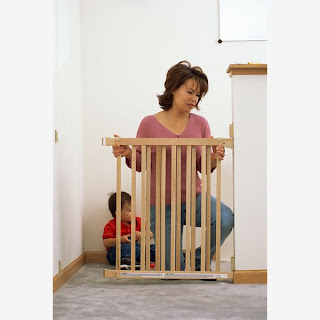
The Behaviorist's theory is another attempt to explain human personality. It is in conflict with the Psychoanalytic and the Humanistic theory (discussed in next room) in several important ways. Most important of these are the ways in which each claims how human personality is formed. The Behaviorist in particular believes that cultural and sub-cultural conditioning molds and shapes behavior and subsequently the personality. The unconscious is of little concern to the behaviorist. A human being, according to the behaviorist, has his life determined for him since he is a product of the culture that causes him to be as he is. The theory, therefore, is very deterministic. The Psychoanalytic and the Humanistic theories are much less so. Therapy in the Behaviorist model bases on the principles of learning, with all of learning's processes or methods: conditioning, reinforcing (rewards, denials, punishment), desensitization, aversion therapy, modeling, imitation, etc. Considering this theory's attitude toward the denial of a person's free will (humanism's point of view -- and to a lesser degree the Psychoanalytic), we get an idea how little the theory is concerned with any outside energy or force -- any that has an effect on human behavior. This aspect of humankind is simply ignored or is considered non-existent. Simply, to the behaviorist, normal behavior results from acceptable conditioning, reinforcing, modeling, etc. Abnormal behavior results from defective conditioning, reinforcing, modeling, etc. The behaviorist isn't interested in what developmental processes may have influenced a person's behavior. In treating the patient, the behaviorist has little regard for the patient's feelings, thoughts, emotional experiences or imagination. He feels that if the patient is taught to understand his environment and how he interacts with it, he will automatically understand himself and his behavior. The behaviorist functions from the position that if a neurotic behavior can be learned, it can be unlearned. The techniques that are used are conditioning, desensitizing, assertive training, aversion therapy, etc. -- all quite commonly used in schools and many clinics (unfortunately!) Despite the tremendous differences among behaviorism, the psychoanalytic and the humanistic approaches to understanding and explaining human personality, one characteristic is outstandingly the same: None of them are concerned with any energy or support system outside the patient -- his "self." Actually all are closed system therapies. None consider spiritual energy. I especially don't like the behaviorist's treatment or consideration of human personality -- or had you guessed that by now? It is a denigrating theory, and not, by any means, uplifting and encouraging of humankind's potentials, his immortality -- or even human security. Two men most associated with the Behaviorist theory are B. F. Skinner and Dr. Watson (its originator and who once said [boasted?]) that given a normally healthy child, he could "mold" it to be whatever he wanted it to be -- a doctor, a lawyer, a teacher -- even a psychologist?)










